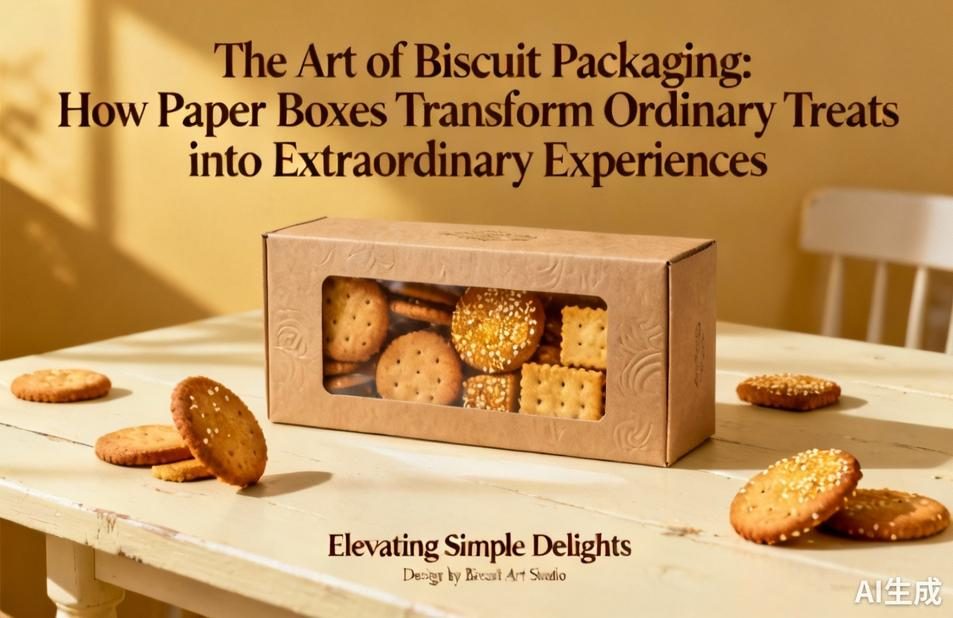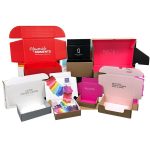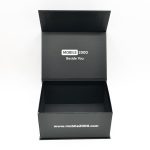
In the world of baked delights, where countless biscuits compete for attention on crowded supermarket shelves, it’s often the packaging that makes the crucial first impression. While we might think we’re simply buying biscuits, we’re actually purchasing an entire experience – and the humble paper box serves as the gateway to that experience. Biscuit packaging paper boxes have evolved from mere containers into sophisticated marketing tools that tell stories, evoke emotions, and create lasting connections with consumers.
The psychology behind biscuit packaging is fascinating. Research shows that consumers make subconscious judgments about product quality within the first seven seconds of viewing packaging. A well-designed paper box can communicate premium quality, artisanal craftsmanship, or nostalgic charm before a single biscuit has been tasted. The texture of the paper, the quality of printing, and even the sound the box makes when opened all contribute to this multisensory experience. Premium brands often use thick, matte-finish paper stocks with embossed logos and intricate foil stamping to convey luxury, while heritage brands might opt for retro designs that trigger warm childhood memories.
Beyond aesthetics, modern biscuit packaging paper boxes serve multiple practical functions. The primary role remains protection – keeping delicate biscuits intact from factory to kitchen table. Advanced paper engineering allows for custom inserts and partitions that prevent movement and breakage. Meanwhile, special coatings provide moisture barriers to maintain crispness, while still being fully recyclable. The shift toward sustainable materials has become particularly important, with consumers increasingly favoring brands that use FSC-certified papers and vegetable-based inks. This environmental consciousness doesn’t compromise design; in fact, it often enhances brand perception.
Innovation in paper box technology continues to surprise both manufacturers and consumers. We’re now seeing boxes with integrated resealable features, built-in portion control indicators, and even QR codes that lead to recipe ideas or brand stories. Some premium brands have incorporated augmented reality elements, where pointing a smartphone at the box reveals animated content. The structural design possibilities are equally exciting – from unique opening mechanisms that create ceremony to boxes that transform into serving trays or storage containers, extending their usefulness beyond the initial purchase.
The business impact of thoughtful biscuit packaging cannot be overstated. Well-designed paper boxes can command higher price points, with studies showing consumers are willing to pay up to 40% more for products in premium packaging. They also serve as silent salespeople in self-service environments and become brand ambassadors when displayed in homes or given as gifts. During holiday seasons, specially designed biscuit tins and boxes often become collectible items, creating additional revenue streams and strengthening brand loyalty across generations.
Looking toward the future, biscuit packaging paper boxes will likely incorporate more smart technology while maintaining their traditional appeal. We can expect to see more interactive elements, personalized packaging through digital printing, and even greater sustainability breakthroughs with compostable and plant-based materials. The timeless appeal of paper – with its tactile quality and environmental credentials – ensures it will remain the packaging material of choice for biscuit manufacturers who understand that the box is as important as the contents within.
In conclusion, the humble biscuit packaging paper box represents a perfect marriage of form and function. It protects the product while telling its story, satisfies practical needs while delighting the senses, and serves immediate purposes while building long-term brand equity. The next time you find yourself admiring a beautifully packaged biscuit collection, remember that you’re not just looking at a container – you’re witnessing centuries of packaging evolution, marketing psychology, and design innovation all working together to turn simple biscuits into memorable moments.




Leave a Message